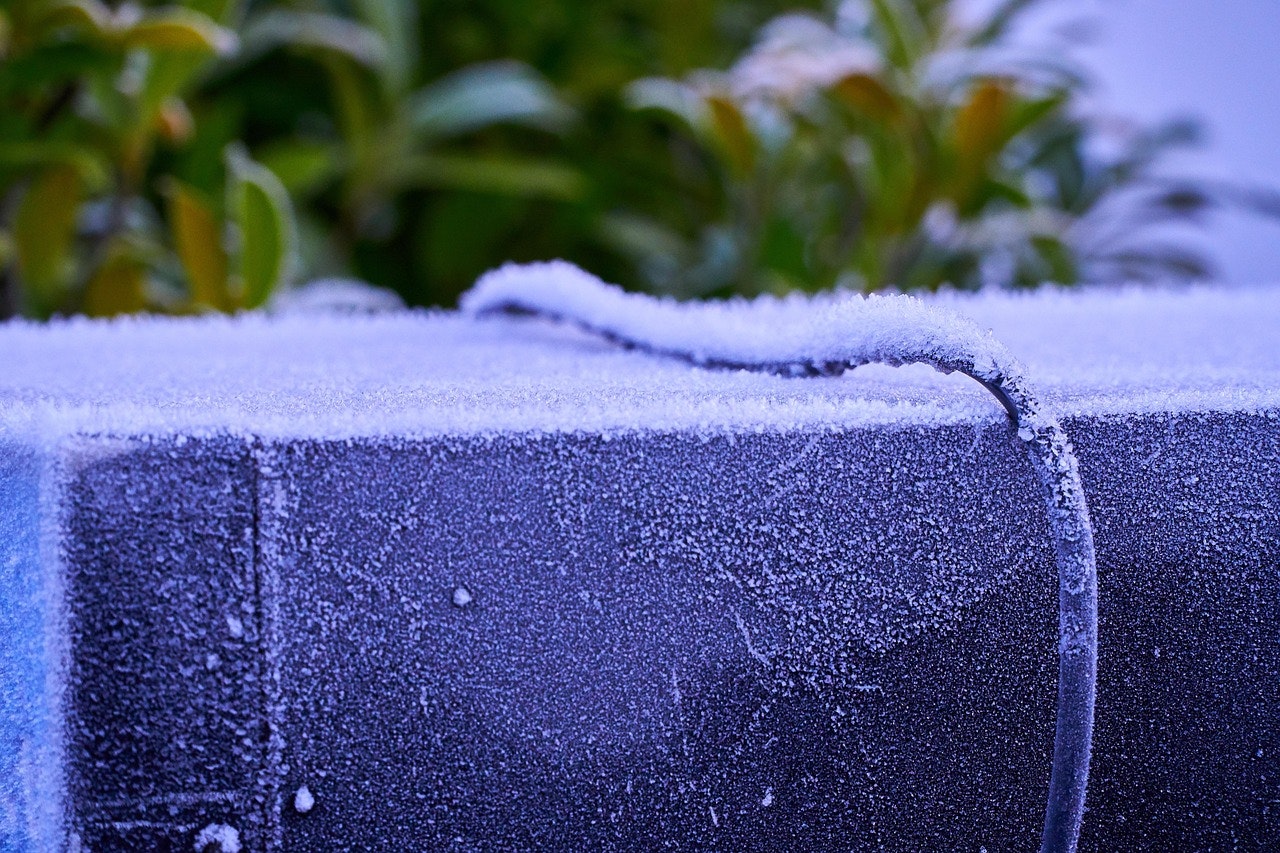
Cooling Down the Future: What You Need to Know About the AC Refrigerant Changeover
The air conditioning industry is undergoing a significant transformation, and if you're a homeowner or business owner relying on AC, it's crucial to understand what's happening. The change centers around the refrigerants used in air conditioning systems, specifically the phase-out of R-410A and the adoption of A2L refrigerants. This shift isn't just a technical update; it's a vital step towards a more environmentally responsible future. Let's dive into the details.
The Problem with R-410A:
For years, R-410A has been the industry standard for air conditioning refrigerants. It's efficient and effective, but it comes with a significant environmental drawback: a high Global Warming Potential (GWP). GWP measures how much a greenhouse gas contributes to global warming compared to carbon dioxide. R-410A has a GWP that's thousands of times higher than CO2, meaning even small leaks can have a substantial impact on the climate.
The Solution: A2L Refrigerants:
To address the environmental concerns, the industry is transitioning to A2L refrigerants. These refrigerants, like R-32, have a significantly lower GWP. This reduction is crucial for mitigating climate change and complying with global environmental regulations.
- Lower GWP: A2L refrigerants offer a drastic reduction in GWP compared to R-410A, making them a more sustainable choice.
- Improved Energy Efficiency: In many cases, A2L refrigerants can also lead to improved energy efficiency, potentially reducing your energy bills.
- Safety Considerations: A2L refrigerants are mildly flammable, which requires specific handling and safety protocols. This is why technicians need to be trained and certified to handle these new refrigerants.
What This Means for You:
- New AC Systems: As regulations tighten, new air conditioning systems manufactured after certain dates will be required to use A2L refrigerants. If you're purchasing a new AC unit, expect it to use these newer refrigerants.
- Servicing Existing R-410A Systems: If you have an existing AC system that uses R-410A, you don't need to panic. Your system can still be serviced. However, as R-410A becomes less available, servicing might become more expensive.
- Technician Training and Certification: Handling A2L refrigerants requires specialized training. Ensure your HVAC technician is certified to work with these new refrigerants.
- Future Availability and Cost: As the phase-out of R-410A progresses, its availability will decrease, potentially leading to increased costs for repairs and replacements. Planning ahead and considering a system upgrade might be a wise decision.
- Proper Disposal: R-410A must be recovered and disposed of properly. Do not vent refrigerant into the atmosphere.
The Timeline and Regulations:
The transition is driven by international agreements and national regulations. The American Innovation and Manufacturing (AIM) Act of 2020 plays a large role in the USA. A phasedown schedule is in place to reduce the production and consumption of HFCs like R-410A. It is important to check the EPA website for the most up to date information.
Conclusion:
The shift from R-410A to A2L refrigerants is a necessary step towards a more sustainable future. While it may require adjustments and awareness, it ultimately benefits both the environment and, potentially, your energy bills. Staying informed and working with certified HVAC professionals will ensure a smooth transition. By understanding these changes, you can make informed decisions about your air conditioning systems and contribute to a cooler, cleaner planet.
